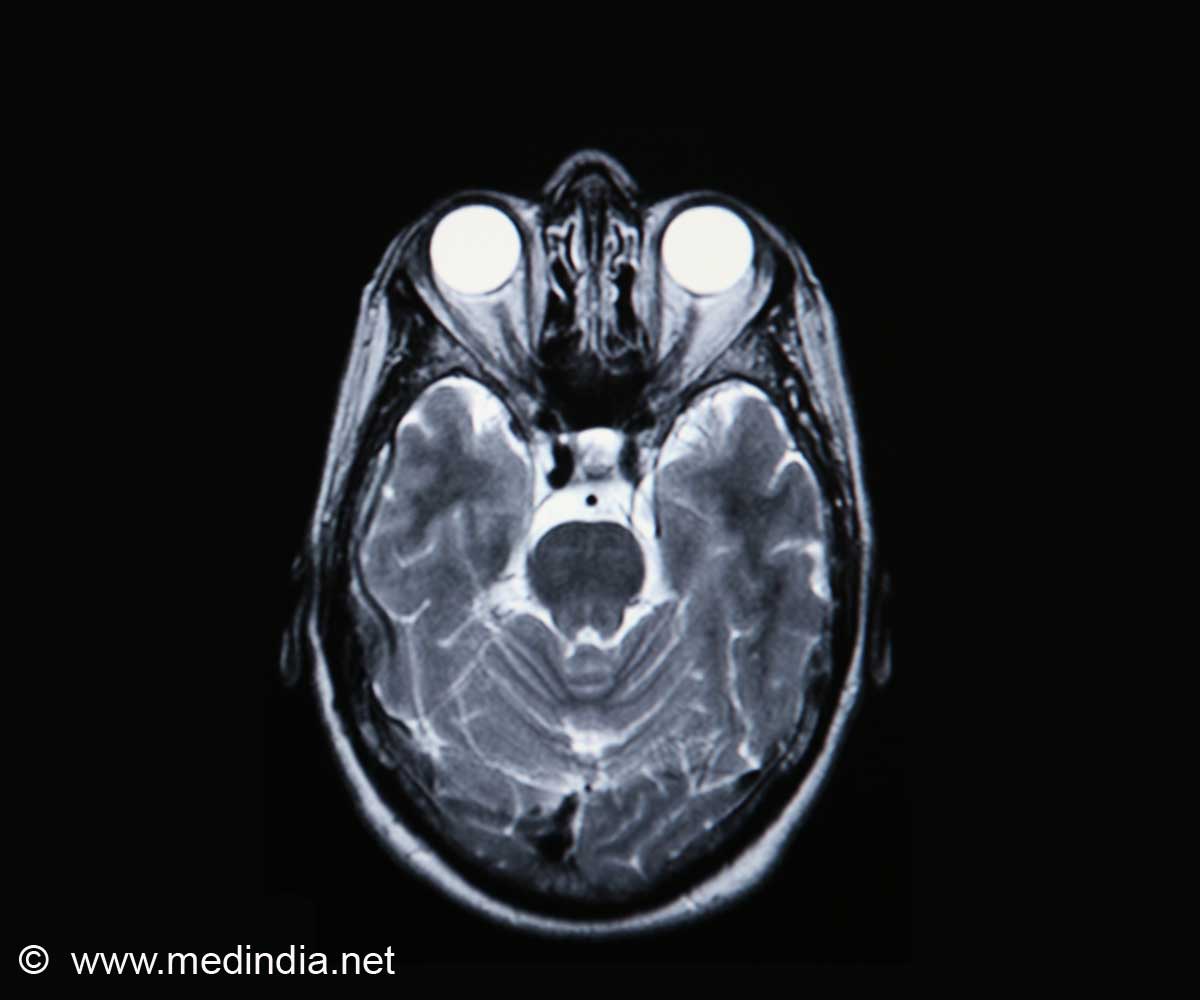
‘A quick and accurate test for bacterial infection in brain shunts or meningitis would improve the quality and efficiency of patient care and patient outcomes.’
Tweet it Now
This is the second potential diagnostic application for the biomarker, say Scott Barnum, Ph.D., professor, and Theresa Ramos, Ph.D., research associate, both of the UAB Department of Microbiology. The biomarker has already shown the ability to distinguish viral meningitis from bacterial meningitis. This is valuable because patients with viral meningitis usually get better in several weeks, while bacterial meningitis can kill within hours. Bacterial shunt infections are also potentially life-threatening and may require surgical removal of the shunt.
Such a test would also lower health care expenses by avoiding needless hospitalization and treatment. The UAB investigational biomarker has a pending international patent related to immunodiagnostics.
Ventricular brain shunts -- a drain from cavities in the brain to the abdomen -- are the most common procedure to treat hydrocephalus, a condition of excess cerebrospinal fluid in the brain that affects 1 million people in the United States. The national health expenditures for shunts run about $2 billion a year.
Studies have shown that one-eighth of shunts fail within 30 days, more than a quarter fail within a year, and the rates of shunt infections range from 5 to 12 percent. The current standard laboratory tests to identify bacterial infection cost more than $1,000 per shunt tap at most U.S. hospitals, and many shunt patients are repeatedly tapped -- some only twice, but others as many as 10 to 15 times in an effort to detect infection and identify the pathogen.
Advertisement
The UAB and Children's of Alabama researchers tested the UAB biomarker in a prospective study that enrolled 248 patients over two years. They found that levels of an immune system protein called soluble membrane attack complex, or sMAC, were elevated about 100-fold in cerebrospinal fluid from patients with shunt infections as compared with patients with no infection.
Advertisement
Ramos, Barnum and Johnston are co-inventors, and the research was funded in part by Children's of Alabama using its Impact Fund. The fund allows the state's only freestanding pediatric medical facility to immediately meet special or emergency needs without having to reduce expenses in other critical areas.Barnum and Ramos are continuing to develop additional indications for their biomarker, and discussions are currently underway with multiple industry partners to develop a point-of-care assay.
Source-Eurekalert














